10 Forgotten National Parks
10 destinations for untouched landscapes without the crowds or bustle of Yellowstone — you know, the stuff you were looking for in the first place.
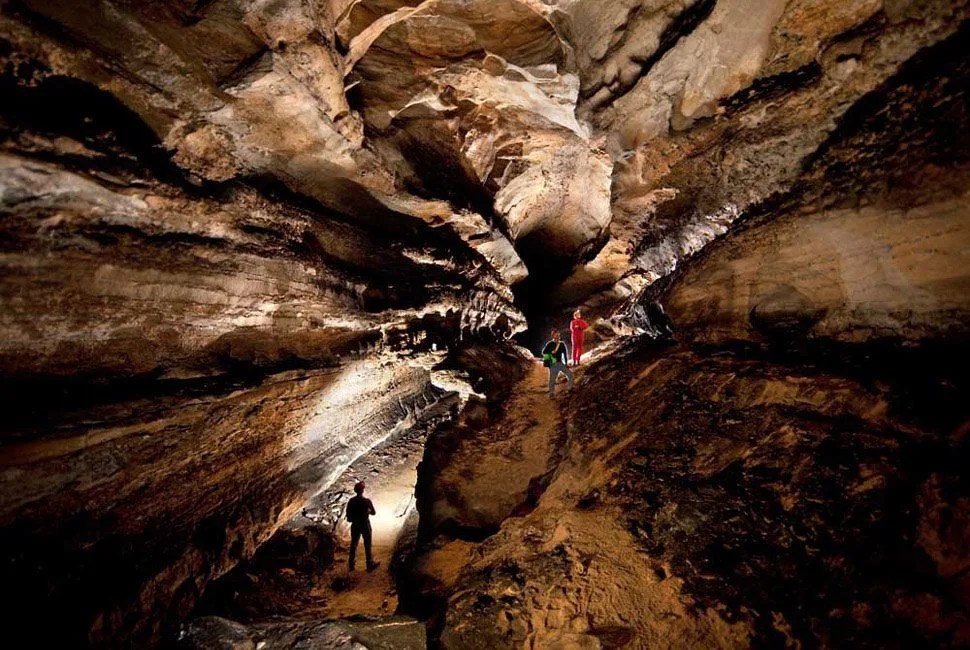
Biscayne National Park
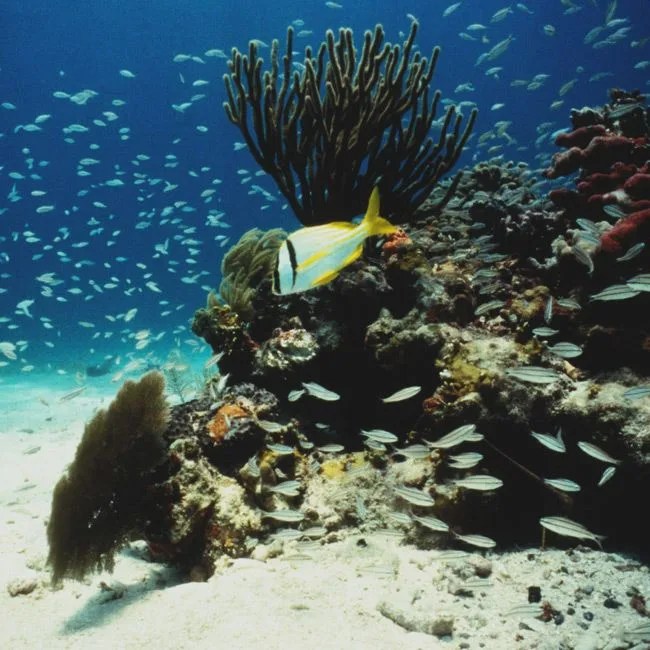
Biscayne is 95 percent underwater, with a mangrove forest making up the shoreline. A portion of the Florida Reef — one of the largest coral reefs left in the world — resides inside the park, along with the northernmost extension of the Florida Keys.
GP Verdict: The Florida Everglades are a classic stop on any Florida tour, but for a more adventurous, hands-on experience, anyone with a snorkel needs to take a dip in Biscayne. Since the 16th century, the park’s reefs have sunk some 44 ships, leading to some of the best snorkeling and scuba diving in the nation. The marine life is fragile and susceptible to current environmental changes, so see it while it lasts — but only after you drink your fill in Miami and South Beach.
Location: Miami-Dade County, Florida
Which is: 45 minutes south of Miami, FL
Visitors in 2015: 508,164
Congaree National Park
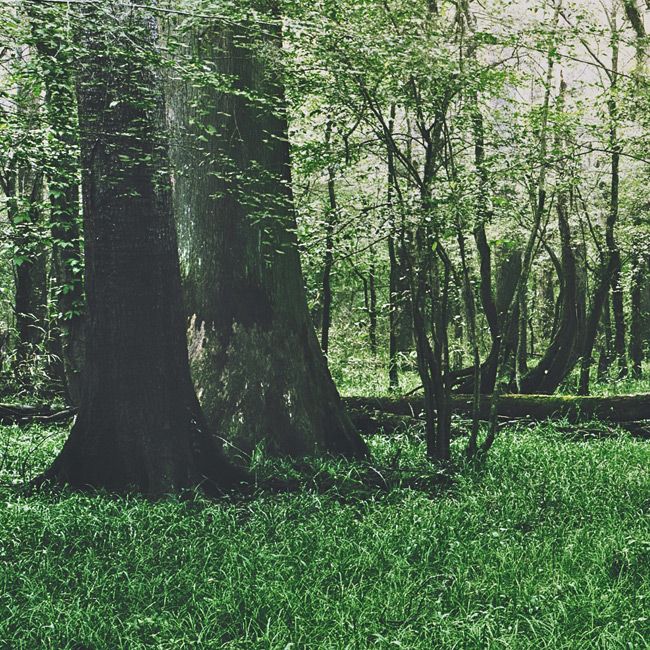
Congaree is the largest old-growth bottomland hardwood forest left in the U.S. The 41 square mile swamp contains bobcats, armadillos and alligators along with the tallest and largest Loblolly Pines in existence, which form some of the highest remaining deciduous forest canopies in the world.
GP Verdict: Close to the Southern culture and fantastic food of Columbia, South Carolina, Congaree is the best place to immerse yourself in the foliage of the Lowcountry, one of the most unique regions on the East Coast. Foot paths, ranging from under one mile to over 10, take you around the park while free park-ranger canoe rides tour the swamp on weekends.
Location: Richland County, South Carolina
Which is: 30 minutes southeast of Columbia, SC
Visitors in 2015: 87,513
Mammoth Cave National Park
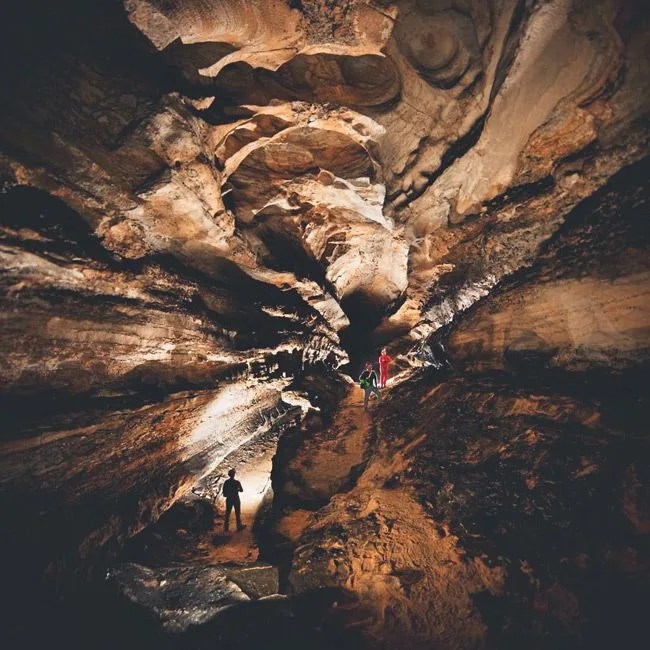
Mammoth Cave National Park is a section of Mammoth Cave, which, at over 400 miles in length (10 of which are open to the public), is the biggest known cave in the world by a factor of two. Above ground, the park offers hiking, biking, canoeing and horseback riding through the rolling green Kentucky countryside.
GP Verdict: Centrally located but offering an extraordinarily otherworldly experience, this park is the best way to learn about and experience caves firsthand. Rangers offer tours by candlelight or flashlight, which can range from a 75-minute quarter mile walking tour to six hours spent crawling through five miles of tight spaces during the Wild Cave Tour.
Location: Edmonson County, Kentucky
Which is: 90 minutes north of Knoxville, TN and 90 minutes south of Louisville, KY
Visitors in 2015: 566,895
Crater Lake National Park
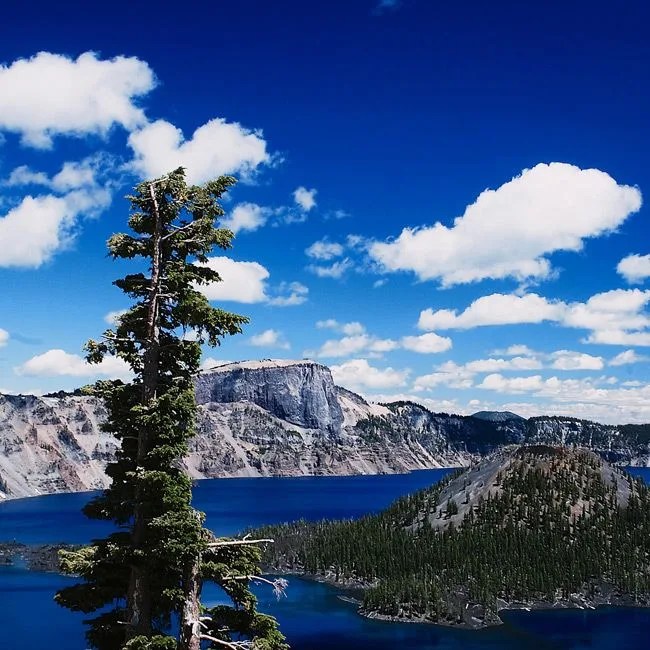
Crater Lake National Park contains the deepest lake in North America, Crater Lake, which is known for its incredible blue hue. It also features a thick stretch of porous rock called the Pumice Desert where plants can’t grow and Jurassic Park-like spires of cemented ash and pumice called the Pinnacles.
GP Verdict: It’s not the easiest place to reach, but it’s well worth it for the rare geological features and stunning bike trail encircling the lake. Just remember to pack a coat: even in the summer, temperatures hover around the 60s, and the water stays at a wickedly chilly 55.
Location: Klamath County, Oregon
Which is: Two hours southeast of Eugene, OR
Visitors in 2015: 614,712
North Cascades National Park
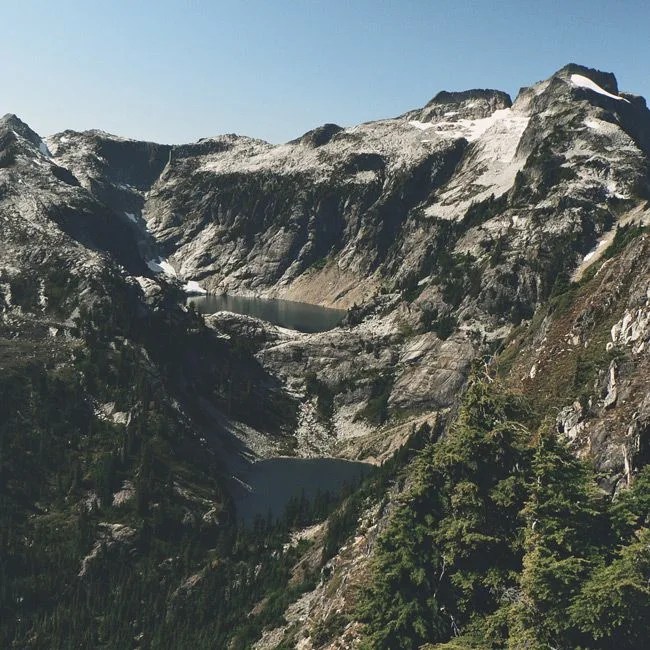
North Cascades National Park is protected as part of the Stephen Mather Wilderness, meaning that it’s a haven for the 75 species of mammal, 200 species of bird and 11 species of fish that call the rugged Cascade peaks their home. Few buildings exist along the trails, making this as close to the Alaskan wilderness as you can get while remaining in the lower 48.
GP Verdict: For climbers, the park is nicknamed the “American Alps,” partly due to Mount Terror. Yeah, that’s a real mountain, but unless you’re ready for a challenging climb, consider something more forgiving. The high amount of snowfall and glaciers make this a beautiful park for snow hiking and exploring both waterfalls and an amazingly diverse set of plant species.
Location: Mount Vernon, Washington
Which is: Two hours northeast of Seattle, WA
Visitors in 2015: 20,677
Great Basin
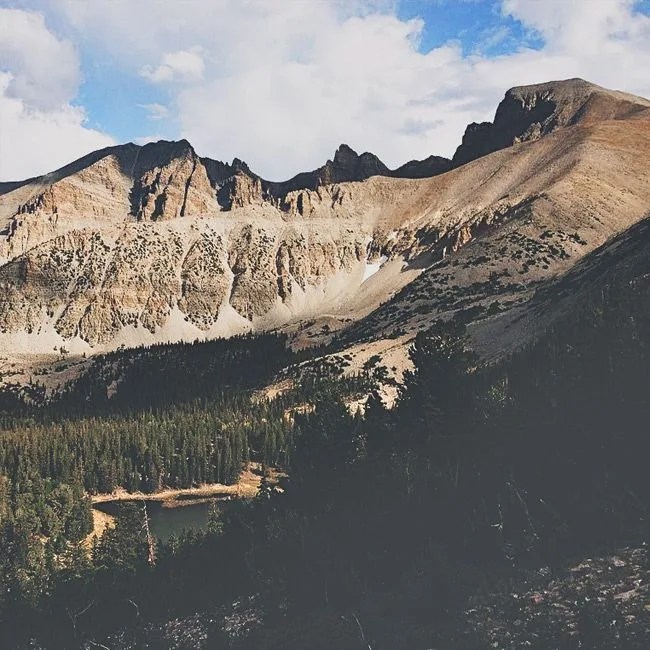
Great Basin is known for its incredible collection of conifers, including ancient groves of bristlecone pines, the oldest non-clonal organisms on Earth. (In 1964, the U.S. Forest Service cut down Prometheus, a 5,000-year-old Great Basin Bristlecone Pine.) The Lehman Caves, a marble cave system filled with incredible stalactites, stalagmites, pools and over 300 rare shield formations, are another popular attraction.
GP Verdict: Experience the Southwest in all its glory with ancient trees, winding creeks, dry rock and prickly foliage. Visit from April to June or September to November, when temperatures stay mild.
Location: White Pine County, Nevada
Which is: Four and a half hours north of Las Vegas
Visitors in 2015: 116,123
Isle Royale National Park
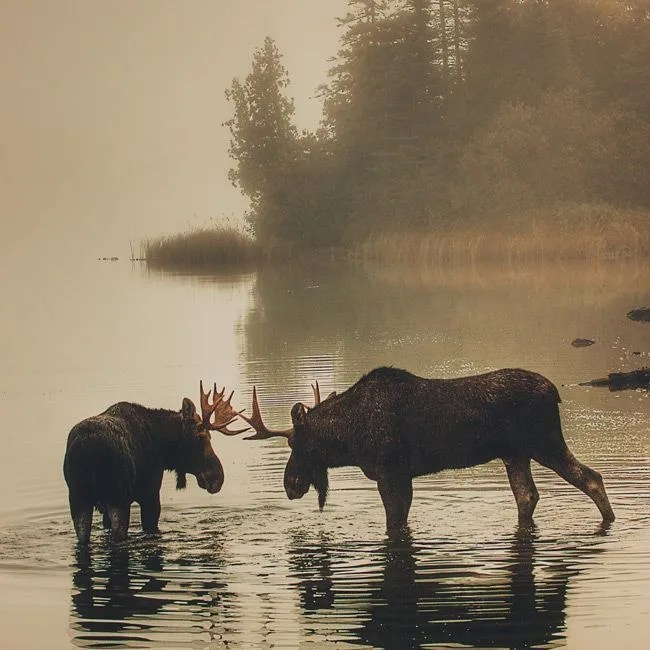
Isle Royale is the least-visited park in the continental US, and for good reason. Commonly accessed by ferry from Grand Portage, Minnesota, Copper Harbor, Michigan and Houghton, Michigan, or by seaplane from Laurium, Michigan, the island is inaccessible by car or on foot.
GP Verdict: Yes, it’s remote, but if you’re in the Great Lakes Region, take a weekend and see the rocky cliffs and amazing untouched wildlife, including the extremely unique relationship between the island’s wolves and moose. Fishing, camping, hiking and canoeing are available for adventurers while Rock Harbor houses an island shop and lodge.
Location: Houghton, Michigan
Which is: 35 minutes by plane from Laurium, MI and 90 minutes by ferry from Grand Portage, MN
Visitors in 2015: 18,684
Wind Cave National Park
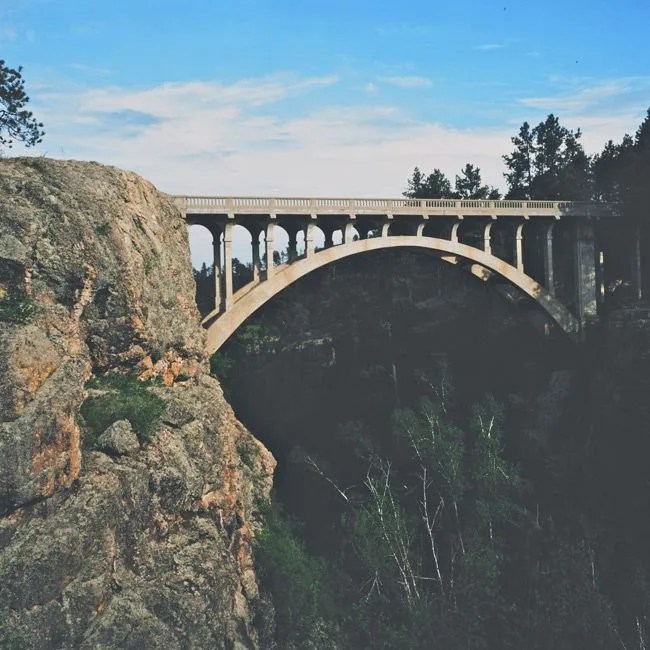
Wind Cave breathes. No, really — the caves equalize pressure with the outside air, causing large movements of air. The openings to Wind Cave are relatively small compared to the size of the cave, creating strong breezes and giving the cave its name.
GP Verdict: Wind Cave is home to 95 percent of all the discovered boxwork — an amazing honeycomb pattern of intersecting thin shards of the mineral calcite — on Earth. Above ground the park has 44 square miles of South Dakota landscape, home to bison, elk, pronghorn and coyotes.
Location: Custer County, South Dakota
Which is: 90 minutes south of Rapid City, SD
Visitors in 2015: 612,198
Big Bend National Park
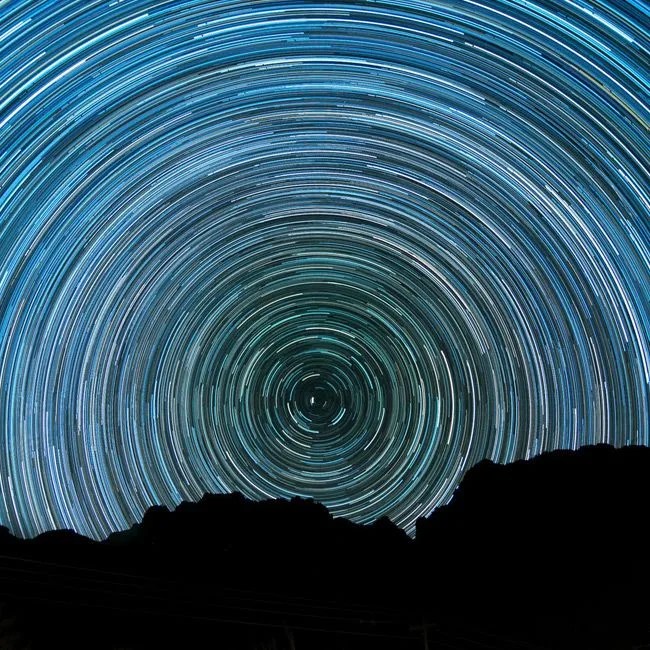
Big Bend is a Rhode-Island-sized one-stop shop of hiking, golfing, biking, horseback riding and camping for any ability level.
GP Verdict: We featured this park in our Armchair Adventure series and couldn’t help including it on this list. Texas has geography unlike anywhere else in the country; walking in West Texas is like walking on the moon. Experience West Texas through its untouched National Park, and hop down to Mexico since you’ve already made the trip.
Location: Brewster County, Texas
Which is: 4 hours south of Odessa, TX
Visitors in 2015: 381,747

